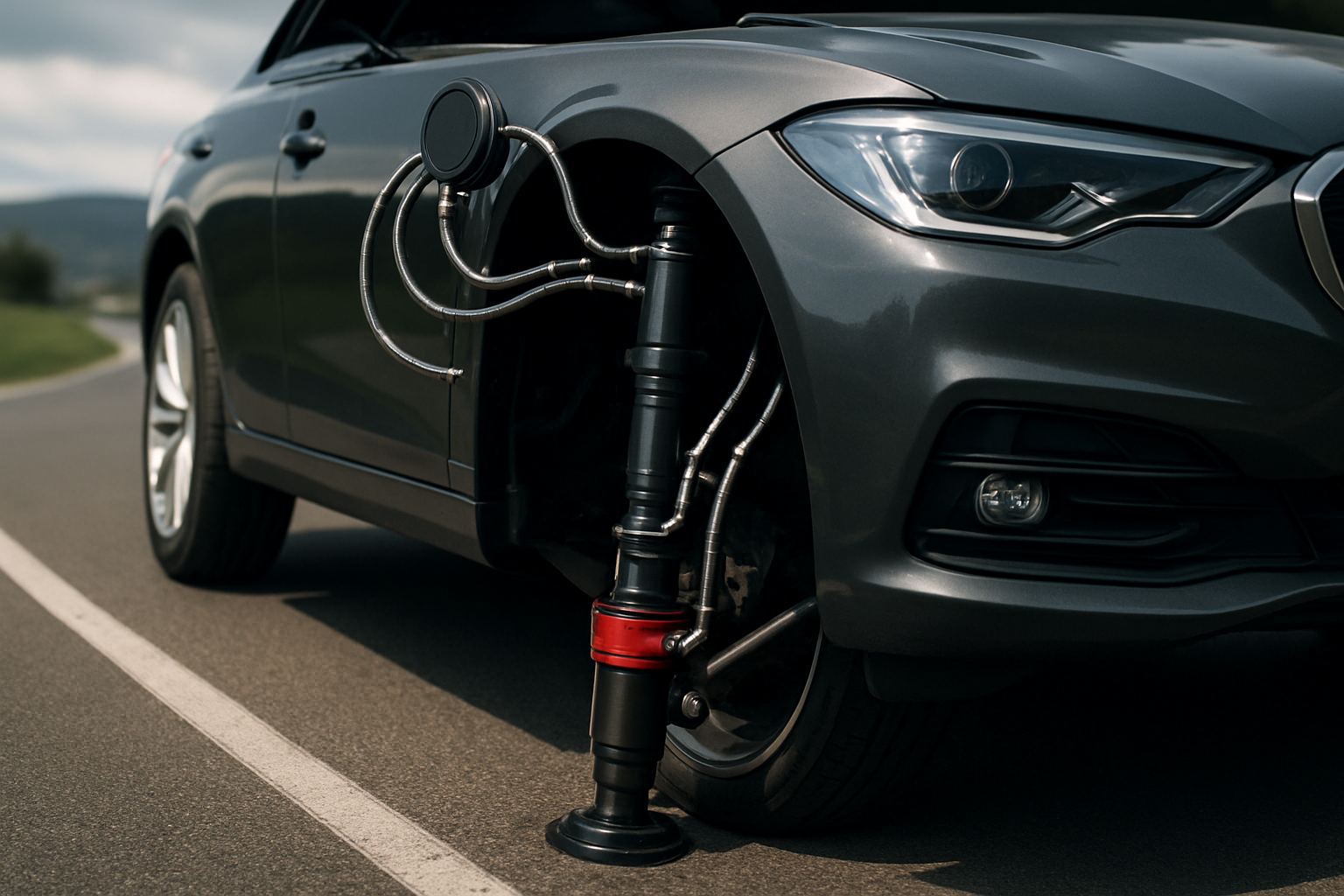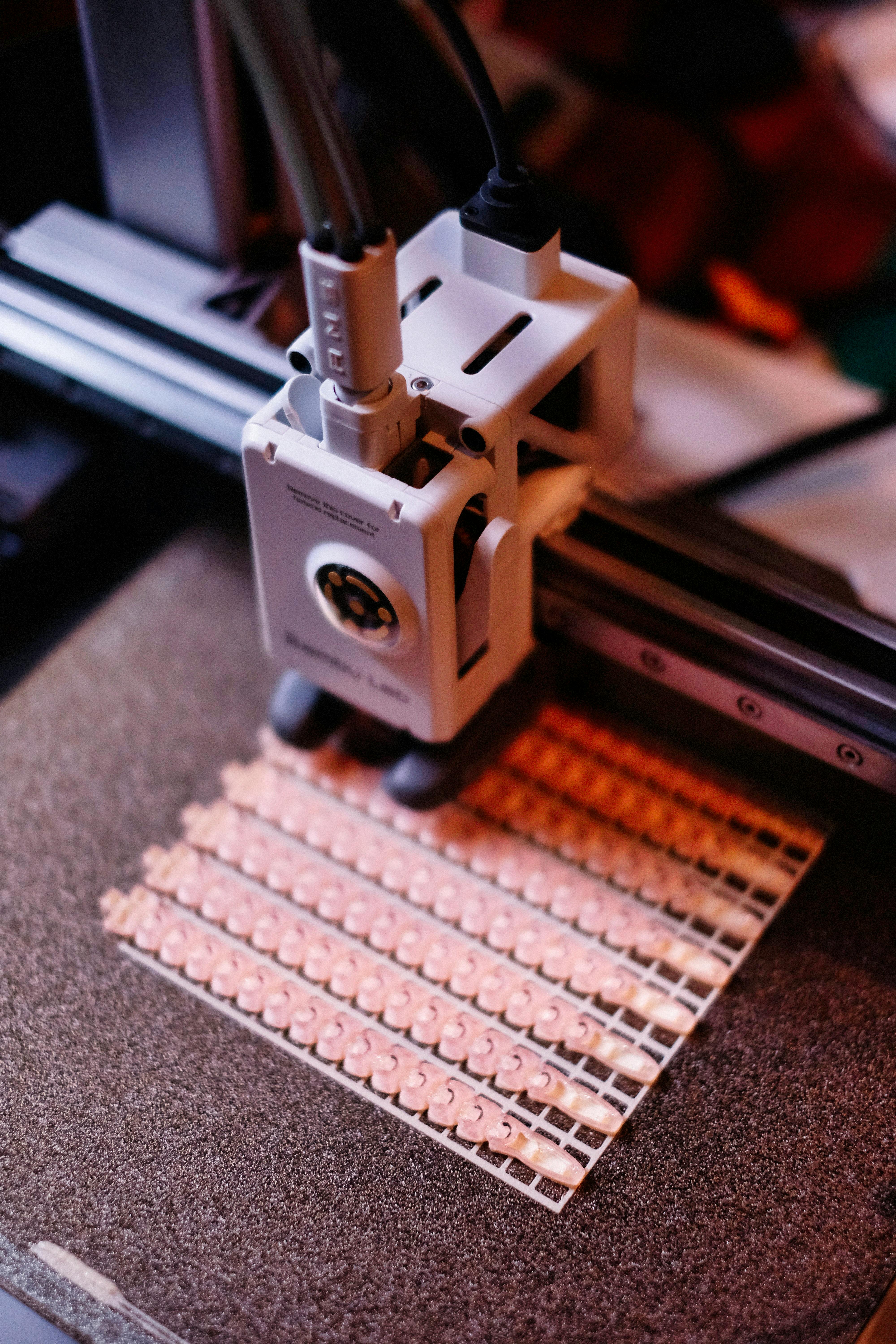Hydraulic Body Control: The Future of Automotive Comfort
Imagine gliding over rough terrain as if it were smooth asphalt, your car effortlessly absorbing every bump and dip in the road. This isn't a dream of the distant future, but a reality made possible by hydraulic body control systems. As we delve into this groundbreaking technology, we'll explore how it's revolutionizing ride comfort and handling in high-end vehicles, and why it might soon become a standard feature in cars across all segments.

The Genesis of Hydraulic Body Control
Hydraulic body control systems trace their roots back to the aerospace industry, where similar technology has long been used to stabilize aircraft during flight. In the automotive world, the concept began to gain traction in the late 1990s, with luxury car manufacturers leading the charge. Early systems were rudimentary by today’s standards, but they laid the groundwork for the sophisticated setups we see in modern vehicles.
The primary goal of these systems was to eliminate the age-old compromise between ride comfort and handling precision. Traditionally, softer suspension setups provided a smoother ride but resulted in excessive body roll during cornering. Conversely, stiffer setups improved handling but at the cost of ride comfort. Hydraulic body control promised to deliver the best of both worlds.
How Hydraulic Body Control Works
At its core, a hydraulic body control system consists of hydraulic actuators at each corner of the vehicle, connected to a central hydraulic pump and a series of accumulators. These components work in concert with an array of sensors that monitor various parameters such as vehicle speed, steering angle, acceleration, and road surface conditions.
The magic happens when the system’s electronic control unit processes this data in real-time. It can make instantaneous adjustments to the hydraulic pressure in each actuator, effectively altering the suspension characteristics at each wheel independently. This allows the system to counteract body roll during cornering, dive during braking, and squat during acceleration.
The Benefits of Hydraulic Body Control
The advantages of hydraulic body control extend far beyond just improved ride comfort. By actively managing the vehicle’s weight transfer, these systems can significantly enhance handling dynamics. During high-speed cornering, for example, the system can stiffen the outside suspension while softening the inside, effectively keeping the car flatter and more stable.
Moreover, hydraulic body control systems can adapt to different driving modes, allowing drivers to switch between comfort-oriented and sport-oriented setups at the touch of a button. This versatility makes these systems particularly attractive for high-performance luxury vehicles that need to excel in both comfort and dynamic driving scenarios.
Another often-overlooked benefit is the potential for improved safety. By maintaining better contact between the tires and the road surface, especially during emergency maneuvers, hydraulic body control can contribute to shorter stopping distances and more predictable handling in critical situations.
Challenges and Future Developments
Despite its numerous advantages, hydraulic body control technology faces several challenges that have thus far limited its widespread adoption. The complexity of these systems translates to higher manufacturing costs, which has largely confined their use to high-end luxury and performance vehicles.
Maintenance and repair of hydraulic body control systems can also be more complex and costly compared to traditional suspension setups. The intricate network of hydraulic lines and electronic components requires specialized knowledge and equipment to service properly.
However, as with many automotive technologies, economies of scale and continued development are likely to bring down costs over time. We’re already seeing more affordable versions of active suspension systems trickling down to mid-range vehicles, and it’s not hard to imagine a future where hydraulic body control becomes as commonplace as anti-lock brakes or electronic stability control.
The Road Ahead for Hydraulic Body Control
Looking to the future, the potential applications of hydraulic body control technology are exciting. As vehicles become increasingly connected and autonomous, these systems could play a crucial role in optimizing ride comfort for passengers who are no longer focused on driving.
Furthermore, the integration of hydraulic body control with other advanced driver assistance systems could lead to even greater improvements in vehicle safety and performance. Imagine a car that can preemptively adjust its suspension based on GPS data about upcoming road conditions, or one that can use its active suspension to assist in emergency collision avoidance maneuvers.
As we move towards an automotive future that prioritizes both comfort and efficiency, hydraulic body control stands out as a technology with immense potential. While it may have started as a luxury feature, its benefits in terms of ride quality, handling, and safety make it a compelling addition to vehicles across all segments. As development continues and costs decrease, we may soon find ourselves in a world where every car ride feels as smooth as floating on air, regardless of the road beneath our wheels.





